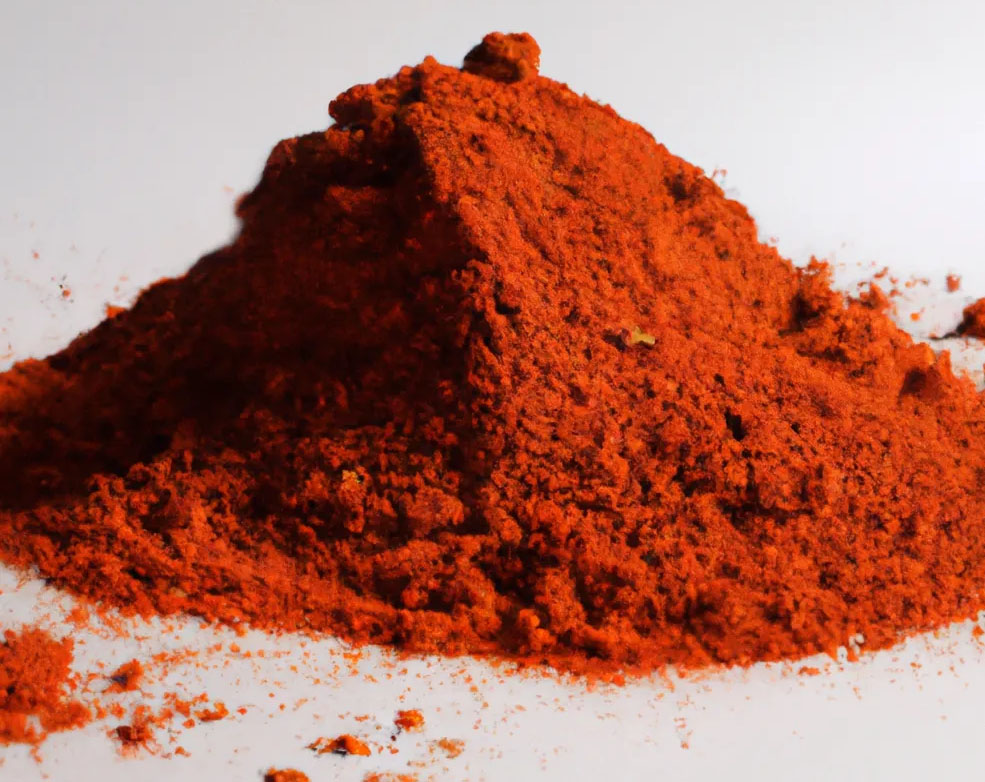Ethiopia was a major hub along the silk road. Berbere reads of the spices that fragantly flowed from China and India to the west: cumin, coriander, cardamom, cinnamon, clove, paprika, and fenugreek. It’s a vibrant, aromatic spice blend cornerstone of Ethiopian and Eritrean cooking. Known for its bold heat and complex flavor, berbere is more than just a seasoning—it’s a culinary tradition that infuses dishes with the essence of East African culture. This fiery and fragrant mix of spices is essential for creating the deeply spiced stews and dishes that define the region’s cuisine.
Berbere is a carefully balanced blend of spices and herbs, with variations depending on family traditions or regional preferences. The complexity of berbere makes it an irreplaceable component in East African dishes.
Berbere is most famously used in Ethiopian stews known as wats or wots, such as doro wat (spicy chicken stew) and misir wat (lentil stew). These dishes often feature slow-cooked meats, vegetables, or legumes simmered in a berbere-infused sauce, resulting in deep, rich flavors.
It’s also a key ingredient in kitfo, a dish of minced raw or lightly cooked beef, and tibs, a sautéed meat dish. Berbere can be used as a dry rub for roasted or grilled meats, sprinkled over roasted vegetables, or mixed into lentils, beans, and grains for added depth.
Beyond traditional dishes, berbere is gaining popularity in global fusion cuisine, where it’s used to spice up soups, sauces, and even roasted nuts or popcorn for a fiery snack.

